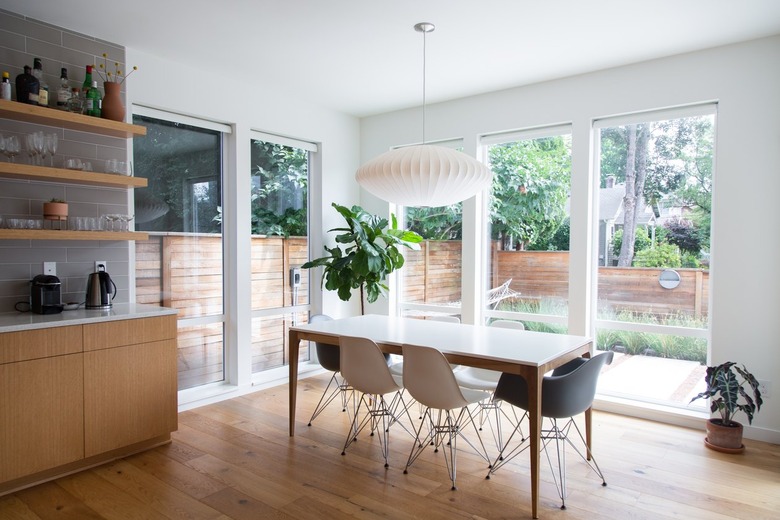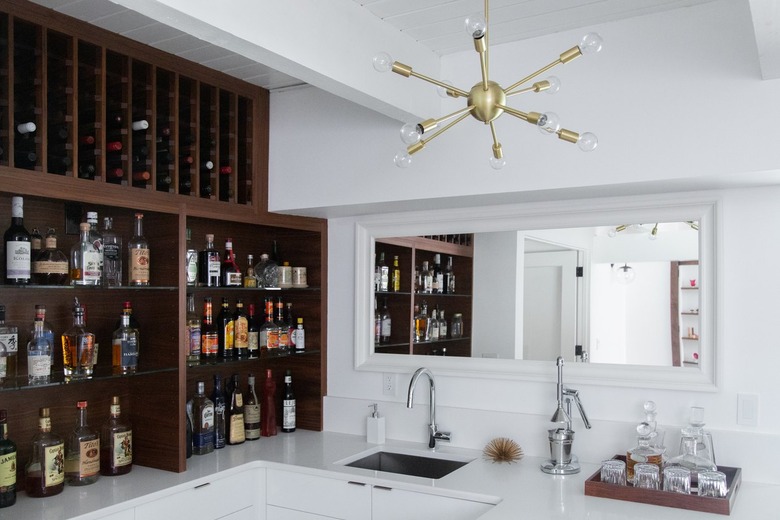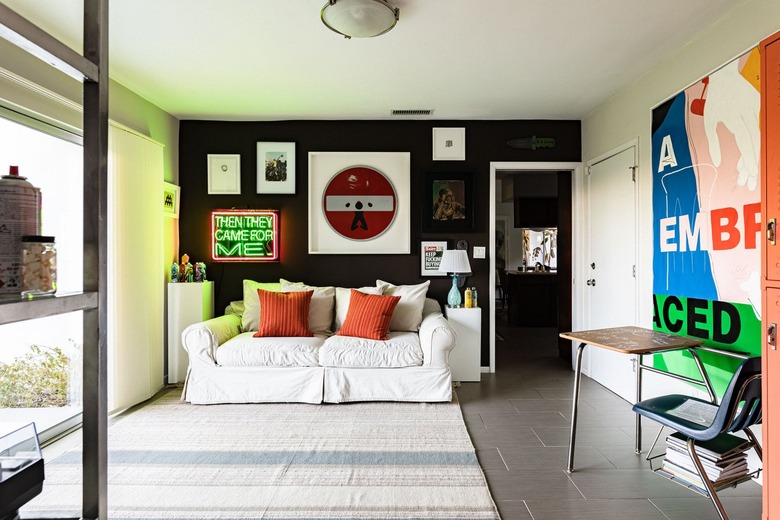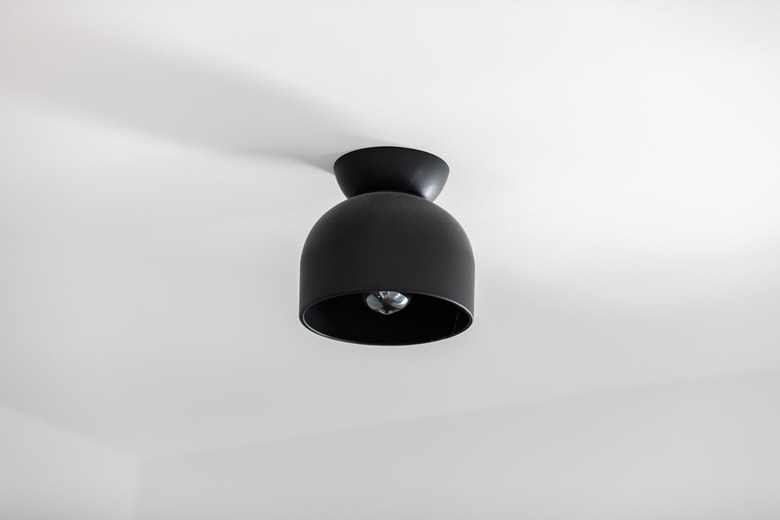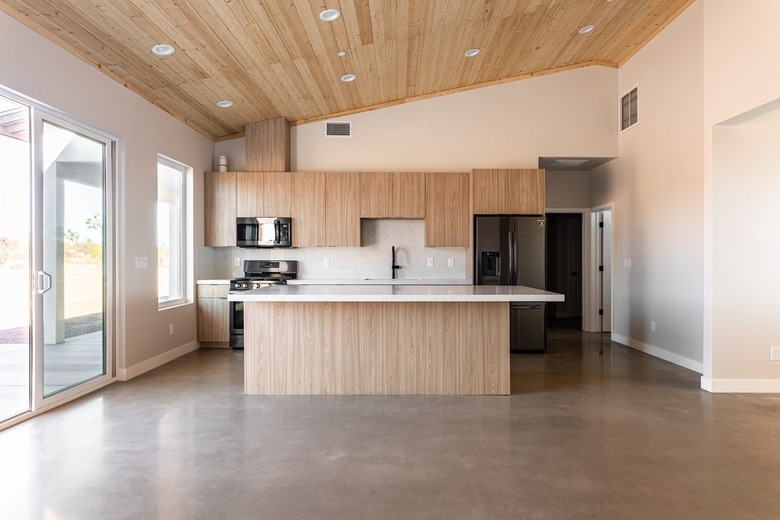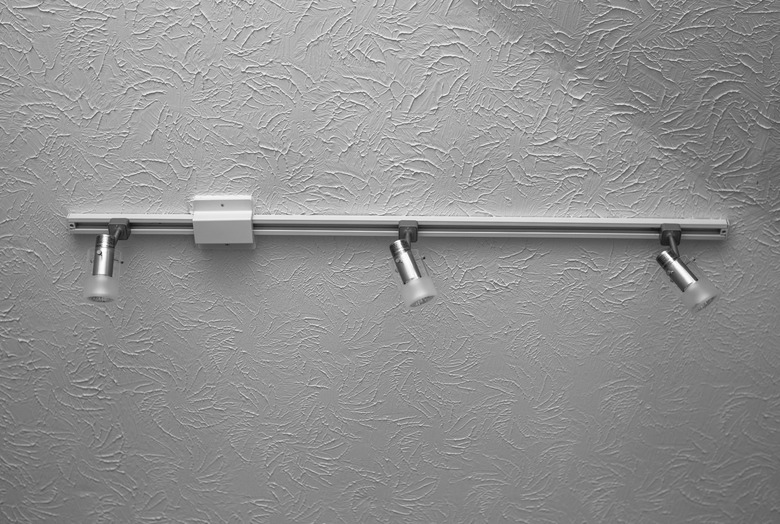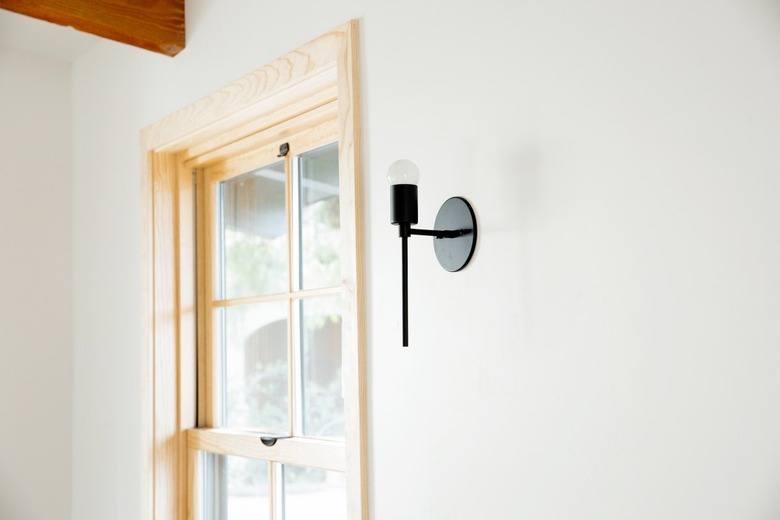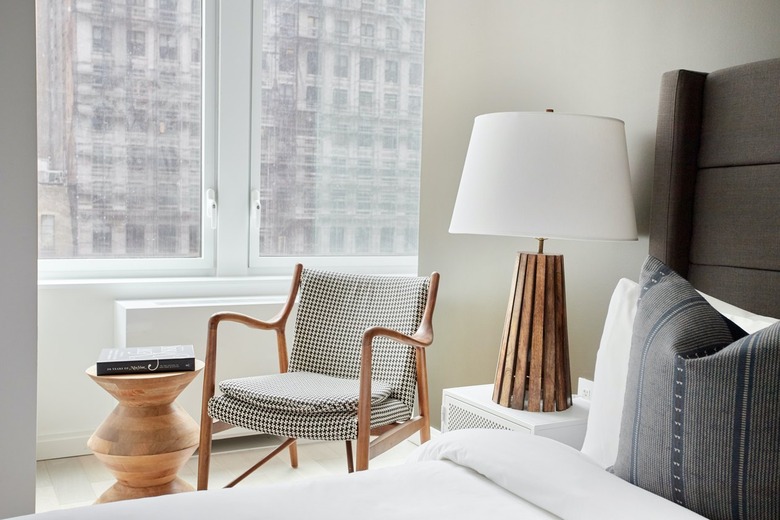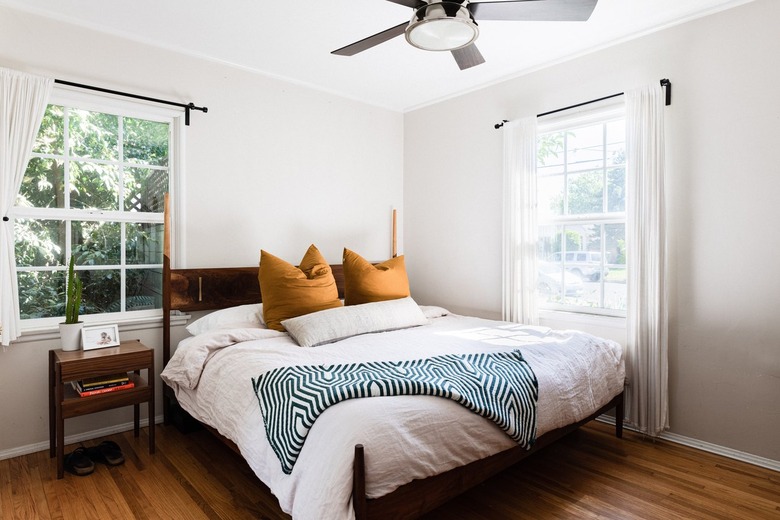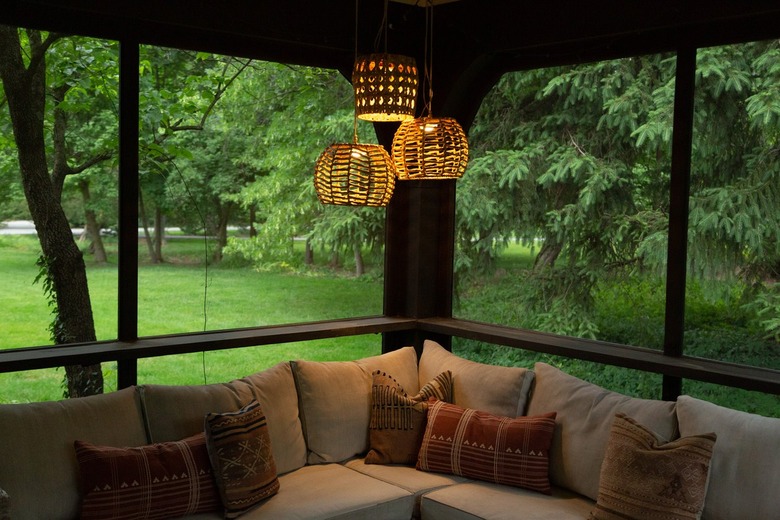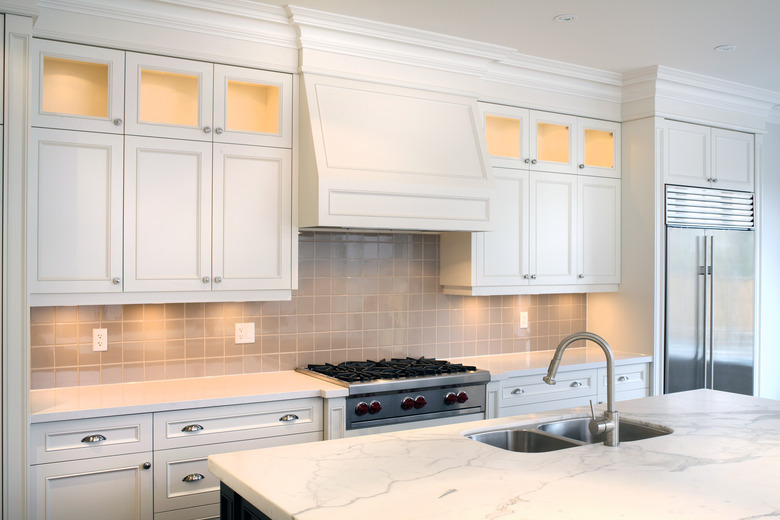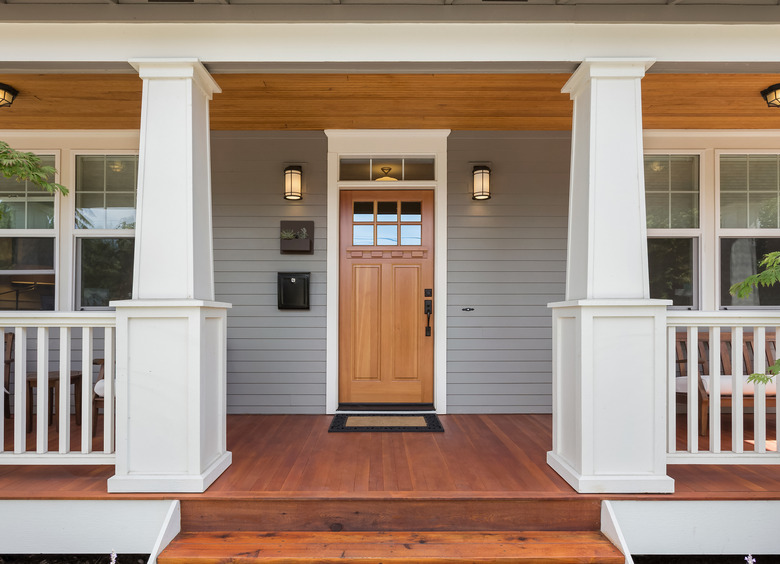15 Types Of Light Fixtures To Brighten Up Your Home
We may receive a commission on purchases made from links.
The types of light fixtures you choose for your home are for more than just illumination. They can also define the aesthetic. Modern technology, such as LED lighting and smart bulbs, means you can add all kinds of style without breaking the bank each month on your energy bill. Whether you're moving into a new home, upgrading your living room lighting, remodeling the entire house, or adding outdoor illumination, selecting the best light fixtures for you starts by first knowing all of your options.
Learn more about the 15 different types of light fixtures, their best uses, and what you can expect from each one.
1. Chandeliers
1. Chandeliers
Perhaps the first thing that comes to mind in a discussion about types of light fixtures is the chandelier. You'll likely see chandeliers in foyers or hanging over the dining room table. Chandeliers provide a combination of ambient and general lighting. They hang from an electrical box in the ceiling and typically focus their illumination upward from the fixture.
Chandeliers are available in vast selections of styles, from traditional and classic to modern design and everything in between. LED lighting technology allows seemingly endless shapes and designs.
Tip
Take note that large fixtures can be too heavy for one person to install. Yours may need professional installation to ensure that the connection to the ceiling is robust enough to handle the weight.
2. Flush-Mount Ceiling Fixtures
2. Flush-Mount Ceiling Fixtures
Hallways and bedrooms are likely places to find flush-mount ceiling fixtures. These fixtures mount directly to electrical boxes behind the ceiling's surface and provide general lighting in smaller rooms, or you may see multiple fixtures in a large area. They're available in numerous styles, including round, square, dome, pyramid-shaped, octagon, and many more.
Flush-mount fixtures tend to have a low profile because they mount against the ceiling surface and do not hang from rods, cords, or chains. They usually have a mountable base that powers the bulbs and a glass or plastic shade to conceal them. Traditionally, these fixtures are lightweight and have a simple construction, which means homeowners with DIY lighting experience can oftentimes install them without help.
3. Semiflush Ceiling Fixtures
3. Semiflush Ceiling Fixtures
Semiflush, or semiflush-mount, ceiling fixtures provide lighting functions similar to flush-mount ceiling designs. These fixtures mount to a box in the ceiling but use a smaller base to cover the electrical connection, leaving many more options for the fixture's design. The light bulbs and housing hang below the base by a rigid or flexible connection containing wires. This makes them project from the ceiling more than a flush-mount but less than a hanging light, such as a pendant or chandelier. Semiflush fixtures are typically lightweight and don't require any reinforcement of the electrical ceiling box by a professional installer.
4. Recessed Lights
4. Recessed Lights
You may hear tradespeople refer to recessed lights as "can lights." It's not an untrue description of old-style recessed lighting fixtures. Today's recessed fixtures are much more than that, though. They're useful for everything from general illumination to accent lighting. A recessed light fixture is a light that tucks into a ceiling or wall with finish trim that's flush with the surface. Any number of trim finishes are available for recessed fixtures in several sizes.
Tip
Professional installation is typically necessary for these fixtures due to the job's potential complexity and whether the job is for indoor or outdoor use or accent lights on stairs, around a pool, or wherever.
5. Track Lighting
5. Track Lighting
Residential track lighting, popular during the '70s and '80s, is an excellent solution for adding multiple lights to a room using a single electrical connection in the ceiling. Although the large, heavy fixtures of the past are no longer in style, modern interpretations of track lighting fixtures still provide the same convenience in living rooms, home offices, and home theaters.
Track lighting fixtures attach to a single electrical box in the ceiling. A straight or curved track extends from the center attachment point. Multiple fixtures (lamp holders) connect directly to the track, which supplies their electrical power. Each fixture can be moved independently, giving this type of fixture its unmatched versatility. Track lights are an excellent DIY project that likely won't require moving any hidden electrical components.
6. Wall Sconces
6. Wall Sconces
Excellent for lighting hallways, entryways, bedrooms, and exterior porches, wall sconces have many uses. These fixtures come in a vast array of design styles that can mimic everything from old-world candle lamps to directional LED flood lighting. Wall sconces mount directly to an electrical box in the wall at the height of the sconce fixture. Wall sconces are relatively simple to install if the electrical components are already in the wall at the correct height. If not, professional installation and some wall repair will likely be necessary. There are also plug-in versions that mount to a wall anywhere near an electrical outlet.
7. Pendants
7. Pendants
Like a chandelier, a pendant light fixture hangs from a single attachment point at an electrical box in a ceiling. However, where a chandelier has several lamps that direct light upward, a pendant fixture houses a single bulb, hangs from a cord, and directs the light downward. That makes them excellent for providing task and ambient lighting right where you need them. Many pendant lights have adjustable cord lengths so that you can install them at the perfect height for your needs. Because each pendant light requires a wired electrical box, hiring an electrician to install several of them is a good idea.
8. Floor Lamps
8. Floor Lamps
A floor lamp is a standalone light fixture that rests on the floor and stretches upward to its light source several feet above its base. A timeless lamp style, numerous types of floor lamps are still popular today, including lamps with integrated tables, moveable arms, or arms that reach outward from the fixture. Floor lamps require no special installation. Simply set one where you want it to provide general, ambient, or task lighting and plug it in.
9. Table Lamps
9. Table Lamps
Is there not enough room for a floor lamp? Table lamps provide a similar function to floor lamps but in a more compact size that rests on top of a table, desk, or even a shelf. Table lamps also require no particular installation outside of plugging them in. Some of today's table lamps don't even need a light bulb and provide ambient, general, and task lighting with LED technology.
10. Desk Lamps
10. Desk Lamps
Desk lamps have come a long way from being a candlestick holder sitting next to the ink well on a worn, wooden writing desk. They still do the same job, though. Desk lamps typically rest on top of a desk as a task light, though large ones can light an entire room. Modern LEDs, smart technology, and variable spectrum lighting make owning a desk lamp for your home office almost a necessity. Most desk lamps simply need to be plugged in. However, some programming might be necessary for ones incorporating smart tech functions.
11. Vanity Lights
11. Vanity Lights
Vanity light fixtures are specific lamps that mount to the wall or ceiling to provide task lighting or accent lighting over a vanity. You'll almost always find them in bathrooms above the sink and mirror or at a bedroom vanity and mirror. Vanity lights are available in many types and design styles, from simple bare-bulb fixtures to multiple adjustable lamps. Vanity lights seldom provide all of a bathroom's lighting. Typically, a separate ceiling-mounted light supplies much of the illumination. Installing vanity lights is often left to an electrician.
12. Ceiling Fan Fixtures
12. Ceiling Fan Fixtures
A ceiling fan light fixture is just what it sounds like. The old standard ceiling fan fixture consisted of a small array of bulbs mounted directly to and below the hub of a ceiling fan with a pull chain to turn it on and off. That was then. Although ceiling fans are still available in that classic style, modern versions are more likely to incorporate lighting that's part of the fan itself, allowing for countless design variations to fit any decor. Smart technology is the new standard for controlling the fixtures, and ceiling fans almost always need a reinforced electrical box connection, meaning professional installation is usually necessary.
13. Puck Lights
13. Puck Lights
Get a puck light if you need light but don't have a place to put it. Puck lights are miniature light fixtures, usually round or square, and are typically only a few inches in diameter to fit just about anywhere. They're becoming increasingly popular for closet and undercabinet lighting but can also serve their purpose inside a cabinet, as a night light, or even to create a DIY cordless light fixture. Depending on the type you choose, puck lights can be wired into the home's electrical system by a professional or you can simply peel off the adhesive covering and stick battery-operated versions wherever you like.
14. Rope Lights and Tape Lights
14. Rope Lights and Tape Lights
Rope lighting is a long strip of connected lights that can provide ambient, accent, or decorative illumination indoors or outdoors. Tape lights are a version of rope lighting, except the fixtures often adhere to a surface to hold it in place to offer task lighting. Tape lights are popular for use in undercabinet lighting in kitchens. Rope lights and tape lights are available in plug-in and hardwired versions that connect to a single electrical source powering one or more strips that can join together to form longer light strips.
15. Outdoor Light Fixtures
15. Outdoor Light Fixtures
Outdoor light fixtures are an entire category by themselves. Outdoor fixtures are available in a vast selection of types and styles. Exterior lights can be pole-mounted for accent or security lighting. Exterior wall lighting can be sconces for accent lighting or flood lights or spotlights, often used in combination with motion sensor lights and security cameras. Rope lights can complement a backyard pergola or fire pit, while solar lighting can illuminate a walkway. Even ceiling fan light fixtures are common on covered decks and porches. The type of outdoor light you wish to install will determine whether or not professional installation is necessary.
